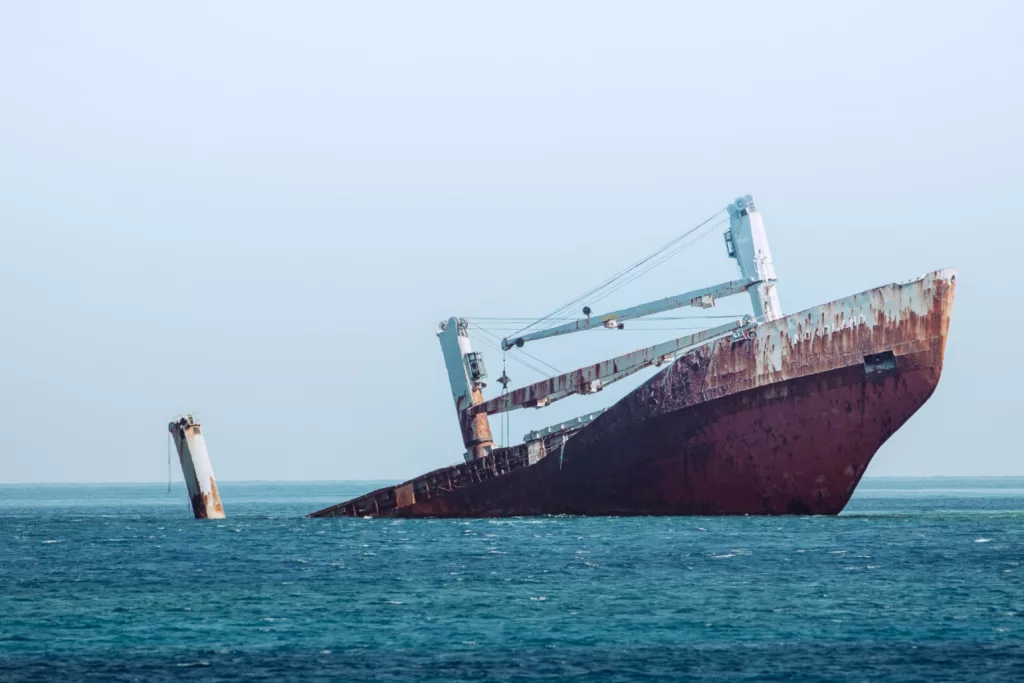
Extraordinary events, as the name suggests, are not part of everyday life. But if they are of great impact, it is a good idea to prepare oneself to the right extent, so as to be able to balance the danger with an appropriate strategy.
In this guide we will look at what the yachtsman should do in the event of a leak, grounding and collision.
What to do in the event of a leak
A leak is not a very common occurrence, but it is very disruptive to navigation and should be dealt with as quickly and effectively as possible.
If you notice water in the bilge, you should first taste it and check whether it is sweet or salty. If it is sweet, it means it is coming from the tanks, and you are therefore not experiencing a leak.
If, on the other hand, it is salty, you should first empty the bilge by any means possible, starting with pebbles and bilge pumps (whether electric or mechanical).
Rags, pillows, blankets, any other absorbent means are ideal to prevent excessive water entering the bilge.
Locate the leak. If it is a small crack or hole, it can be repaired with bio-component resins mixed with catalyst. Or, with wooden wedges wrapped in a rag and hammered into the hole.
You should then bandage the hull, so as to limit the water pressure on the hole, thus creating a makeshift plug.
At this point you can go and find the nearest rescue point, or alternatively run aground on a sandy bottom.
In the event that the hole is in the bow, you should move the cargo aft as far as possible. Then, try to keep the bow up without gliding the hull, by varying the inclination of the engine foot, operating the trimmers or flaps.
If the damage is on the waterline you can use the weights in the bilge to move the load and keep the side with the fa
What to do in case of grounding
Grounding is another very unpleasant circumstance of sailing. The first measure to take is undoubtedly to pay attention to the speed of the boat, consult the GPS and check the bottom at the bow – possibly with polarised glasses, which eliminate the reflection of the water.
If the vessel runs aground, it is a good idea to turn off the engine immediately to limit the damage. At this point, it is verified that there are no injuries on board. After that, it is time to look for any leaks and repair them.
After that, you will have to do what you can to move as much cargo as possible onto the tender, as well as tug on the anchor.
If necessary, you can wait for high tide, consulting the Tide Tables in advance.
If none of this has any effect, you must call for help via the PAN PAN PAN signal.
What to do in the event of a collision
It happens that one gets distracted by the horizon or the radar screen, just as it happens that one does not steer upright when navigating inshore or during the tourist season in a bathing area. It is at these times that the greatest number of collisions occur.
That is why the first preventive measure to take is to be careful, especially in contexts where you are more likely to encounter swimmers or other nearby vessels.
If you realise that a collision is going to occur, engage the reverse gear immediately to try to soften the blow.
After the collision you must collect data from the other vessel. If you cause damage to properly moored units, you are obliged to compensate for the damage.